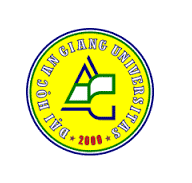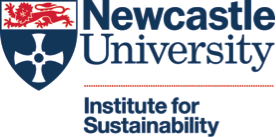Work Packages
REMATCH’s research aim and objectives will be achieved through 5 interlinked WPs.
The case study site selected for REMATCH is the Vinh Phuoc commune of Tri Ton district, An Giang province. The feasibility of implementing the proposed research programme in Bangladesh is also being evaluated.
WP1: Risk communication and knowledge sharing
This WP is developing partnerships between social scientists, engineers, physical and human geographers to find solutions to the multidimensional issue of flooding. A Stakeholder Competency Group (SCG) model has been set up to engage iteratively with key people and organisations as partners throughout the entire research timeline.
Face-to-face/electronic questionnaire surveys of ‘at risk’ households are being codesigned and conducted with SCG to provide information for implementing other WPs. The knowledge co-production/sharing framework will function as a central pathway to impact, improving effectiveness of research engagement and uptake.
WP2: Multi-source flood risk assessment and communication
Data and information related to the past flood events is being collected from multiple sources, including rainfall records, river flow and tidal wave data and satellite images, supplied by local knowledges in forms of narratives, photos and other documentation obtained through group interviews and web technologies. Working with the SCG, we are processing and analysing the data and information to create preliminary hazard maps for the case study site and co-create chronologies of historical events proximal to pilot communities as a means of sharing social memory within and between communities, enhancing awareness/knowledge.
WP3: Historical and cultural implications on flood resilience
A community-based approach to building flood resilience relies on understanding the socio-cultural and economic. This WP will use a mixed methods approach with input from various stakeholders in the communities. Indigenous knowledges and historical responses to flooding in the affected communities are being explored to understand the process and motivations involved in coping with previous events in the area.
WP4: Citizen science approaches towards real-time flood monitoring and warning
Developed at Newcastle, the integrated Twitter Urban Real-time Flood (iTURF) model (https://research.ncl.ac.uk/iturf/) uses public provided data to simulate urban flooding caused by intense rainfall in real-time; the results are then fed back to the public through social media and an online map showing the most likely affected areas. iTURF will be extended as a real-time forecasting and warning system for multi-source flooding in the case study site.
WP5: Measuring and building flood resilience
This WP will develop an approach to measure community (or household) resilience to flooding, i.e. the capacity of households to cope with, adapt to and benefit from floods, ultimately live with floods. Drawing on best practice, we are using qualitative/quantitative resilience indicators to establish a baseline, monitor and compare communities.







